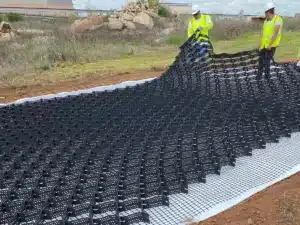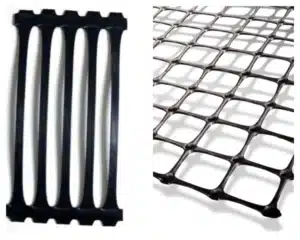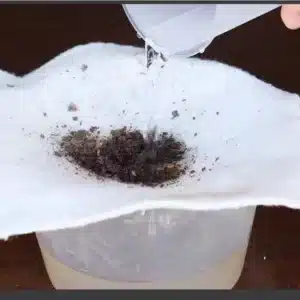Geocell is a powerful solution for ground stabilization and erosion control. It works in many environments and provides reliable performance over time.
Geocell is a three-dimensional honeycomb-like structure made from high-strength polymers. It locks soil, gravel, or other infill in place, improving load distribution and preventing erosion.

Geocells are used worldwide in projects that require stability and strength. They are simple to install, adaptable to different terrains, and cost-effective compared to traditional methods.
What is Geocell?
Geocell is a cellular confinement system made from durable polymer strips welded together to form a 3D grid. This grid is expanded on-site and filled with materials like soil, sand, or aggregate.
Geocell creates a stable structure that prevents lateral movement of infill materials. It improves load-bearing capacity and controls erosion effectively.
Dive deeper
A geocell works by creating a reinforced layer that locks infill in place. The interconnected cells limit the horizontal movement of the material inside. This improves the stability of slopes, road bases, and retaining structures.
There are different types of geocells. Standard HDPE geocells are the most common. They are resistant to chemicals and UV exposure. For high-load applications, engineers may use higher-thickness geocells or special polymer blends. PET geocells offer higher tensile strength and less creep under load, making them suitable for long-term infrastructure projects.
The height and wall thickness of geocells affect performance. Higher cells hold more infill and provide better load distribution. Thicker walls resist deformation under heavy loads. Surface textures can increase friction between the cell walls and the infill, adding stability.
Geocells are versatile. They can be used for roads, railways, slope protection, retaining walls, and erosion control. Their modular design makes them easy to transport and quick to install. For projects in remote areas, this can save time and labor costs.
When selecting a geocell, it is important to match the product specifications to the project’s needs. This includes material type, height, wall thickness, and surface finish. A supplier with technical support can help choose the right product for long-term performance.
What is Geocell Made Of?
Most geocells are made from High-Density Polyethylene (HDPE) or Polyester (PET). These materials offer strength, flexibility, and resistance to environmental stress.
HDPE geocells are popular for general applications due to their chemical resistance and durability. PET geocells are used when higher tensile strength and lower creep are required.
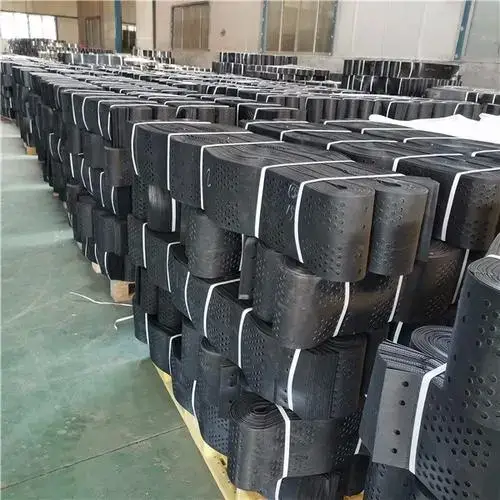
HDPE geocells are made from strips of high-density polyethylene that are textured and perforated. The texturing improves friction with the infill, while perforations allow for better drainage between cells. This helps prevent water buildup that could weaken the structure.
PET geocells are made from high-strength polyester fibers, often coated for added durability. They perform well under constant heavy loads and in environments with high temperature changes. Their higher tensile strength makes them a good choice for long-term infrastructure like highways or heavy-duty retaining walls.
Manufacturers sometimes add stabilizers or additives to improve performance. Carbon black is added to protect against UV degradation. Antioxidants help resist chemical attack from soil or water. Other coatings can improve adhesion or friction between the geocell and the fill material.
Recycled materials can be used for budget-sensitive projects, but performance may not match that of virgin polymers. Choosing between HDPE, PET, or blended materials depends on load requirements, climate, and project duration.
What is Geocell Used For?
Geocells are used for soil stabilization, erosion control, load support, and slope protection. They improve the performance and life of infrastructure by holding infill in place.
They can be applied in road construction, retaining wall reinforcement, channel protection, and green landscaping.
Dive deeper
In road construction, geocells create a stable base layer that distributes loads from traffic. This prevents rutting and extends the life of the road. They are especially effective on weak or soft subgrades.
For slopes, geocells hold soil and vegetation in place, reducing erosion from rainfall or water flow. When filled with topsoil and planted, they support plant growth that adds natural protection.
In retaining walls, geocells can act as a facing system or as part of the wall fill. They provide stability and reduce the need for heavy concrete blocks. This makes them ideal for lightweight, cost-effective retaining solutions.
Geocells are also used for channel and shoreline protection. They hold rocks or other armoring materials in place, preventing them from being washed away by currents or waves.
In landscaping, geocells are used for driveways, parking areas, and green roofs. They allow grass or plants to grow while still supporting vehicle loads. This creates eco-friendly surfaces that combine strength with environmental benefits.
How Does Geocell Work?
Geocell works by confining the infill material in a 3D cellular structure. This confinement prevents the lateral spread of the infill under load.
The structure distributes loads evenly and improves the mechanical properties of the infill material.
The 3D honeycomb structure of a geocell creates walls that resist horizontal movement. When a load is applied, the stress is distributed across the cell walls and into the surrounding cells. This reduces pressure on the subgrade and minimizes settlement.
The friction between the infill and the cell walls adds shear resistance. This means the filled geocell layer can handle heavier loads without deformation. For slopes, the confinement reduces erosion by keeping the soil in place.
Perforated geocells improve water drainage. This reduces the risk of water buildup inside the cells, which can weaken the structure. Textured surfaces increase the bond between the geocell and the infill, improving overall stability.
Engineers can adjust the performance of a geocell system by changing the cell height, wall thickness, and infill type. Higher walls hold more material and provide more stability. Thicker walls resist damage under heavy loads. Using angular aggregate as infill improves interlock and reduces movement.
Geocells can be combined with geotextiles or geogrids for additional performance. Geotextiles add filtration and separation functions. Geogrids can provide extra reinforcement for very soft soils.
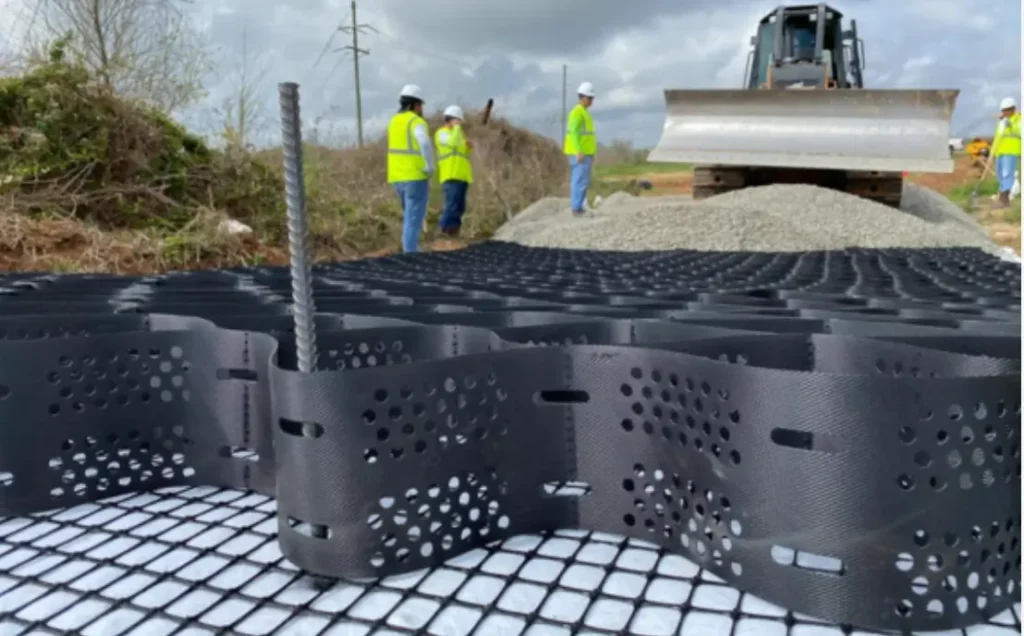
Advantages of Geocell
Geocells offer several advantages over traditional methods like concrete or asphalt. They are lightweight, flexible, and easy to transport.
They also provide environmental benefits by supporting vegetation growth and reducing material usage.
Dive deeper
One major advantage is cost efficiency. Geocells reduce the need for deep excavation and large amounts of imported fill. This lowers project costs and shortens construction time.
Their flexibility allows them to adapt to irregular terrain. This is useful in hilly or uneven areas where rigid materials would require extensive grading.
Geocells are durable. They resist chemical attack, UV degradation, and mechanical damage. This makes them suitable for harsh environments, from deserts to coastal areas.
They are also eco-friendly. By allowing vegetation to grow, they promote natural drainage and reduce heat island effects in urban areas. They use less concrete and asphalt, which lowers the carbon footprint of a project.
Installation is simple and quick. Panels are expanded on-site, anchored, and filled with readily available materials. This speeds up construction and reduces labor costs.
For remote projects, the light weight and compact shipping of geocells reduce transport costs. This makes them an attractive choice for rural infrastructure.
My Opinion
I have seen geocells transform the way projects handle soil stabilization and erosion control. They are versatile, reliable, and cost-effective. For clients who want durable results without heavy materials, geocells are an excellent choice.
FAQ
Q: How long do geocells last?
A: With proper installation and quality materials, geocells can last 20–50 years or more.
Q: Can geocells be reused?
A: In some cases, yes. If removed carefully, they can be reused in temporary applications.
Q: What infill can be used in geocells?
A: Common infill includes soil, sand, gravel, crushed stone, or recycled materials.
Q: Are geocells eco-friendly?
A: Yes, especially when used with vegetation. They reduce erosion and promote natural drainage.
Conclusion
Geocells provide strong, adaptable, and cost-effective solutions for soil stabilization and erosion control in many industries.

